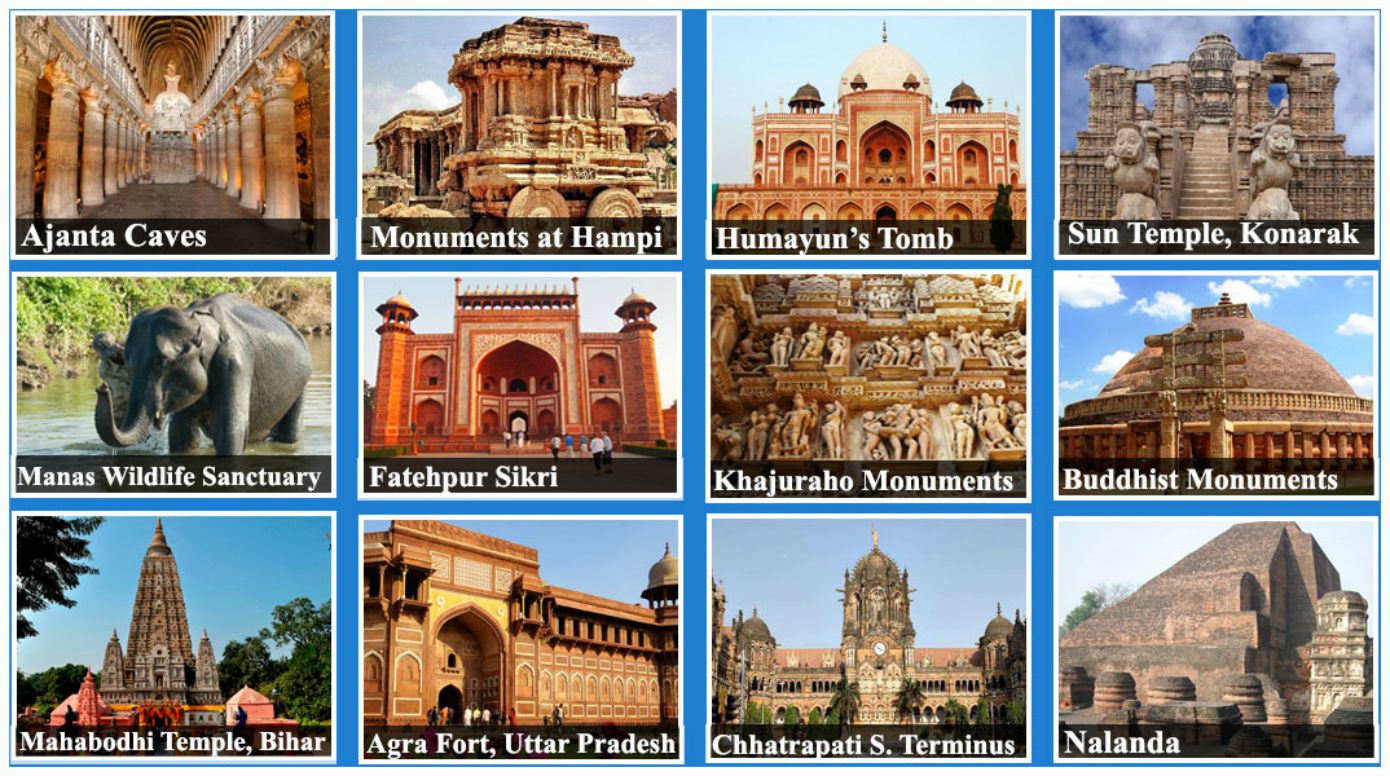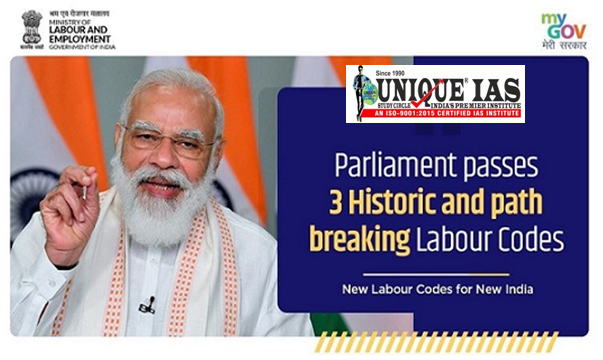G7 countries agree to end use of coal power by 2035
Context
Energy and climate ministers from the G7 group of industrialized nations have agreed to phase out by 2035 the use of coal power where the emissions have not been captured.
About
1-The non-governmental organization had called for the G7 to set an earlier 2030 phaseout date for power generation by coal, and a 2035 deadline for gas-fired supplies.
2-Together the G7 makes up around 38 percent of the global economy and was responsible for 21 percent of total greenhouse gas emissions in 2021 Coal Sector in India
3-Coal Reserves: India has significant coal reserves, and it is one of the world’s largest coal producers.
4-The major coal fields in India are located in the eastern states of Jharkhand, Odisha, and West Bengal, as well as in central states like Chhattisgarh and Madhya Pradesh.
5-Coal Production: India is among the top 3 leading coal producers globally. The Coal India Limited (CIL) is the state-owned coal mining company and the largest government-owned-coal-producer in the world.
6-Coal Consumption: The power demand in India is surging. In 2022, the requirement grew about 8 – 9%.
7-Industrial and commercial activity are among the biggest consumers of energy in the country.
8-Import and Export: Despite being a significant coal producer, India has also been importing coal to meet the growing demand.
9-This is due to issues such as transportation challenges and the need for specific types of coal for certain industries.
10-Steps Taken by Government for Transition to Renewable Energy Sources
11-India aims to reach 500 GW of renewable energy capacity by 2030, about three times the current capacity of about 180 GW.
12-National Solar Mission (NSM): It was launched in 2010, it has set ambitious targets for solar capacity installation, including grid-connected and off-grid solar power projects.
13-Green Energy Corridors: The Green Energy Corridor project focuses on enhancing the transmission infrastructure to facilitate the integration of renewable energy into the national grid.
14-Renewable Purchase Obligation (RPO): This requires power distribution companies and large electricity consumers to procure a certain percentage of their power from renewable sources, encouraging the demand for renewable energy.
15-Pradhan Mantri Kisan Urja Suraksha evam Utthaan Mahabhiyan (PM-KUSUM): It includes the installation of solar pumps, solarization of existing grid-connected agricultural pumps, and the establishment of solar power plants on barren or fallow land.
16-International Solar Alliance (ISA): India played a key role in establishing the International Solar Alliance, a coalition of solar-resource-rich countries to address their energy needs through the promotion of solar energy.
Concluding Remark
17-The agreement marks a significant step in the direction indicated last year by the COP28 United Nations climate summit for a transition away from fossil fuels, of which coal is the most polluting.
18-It helps accelerate the shift of investments from coal to clean technology in particular in Japan and more broadly in the whole Asian coal economy, including China and India.
|
Group of Seven (G7) – It is an intergovernmental organization of seven countries that are the world’s most industrialized and developed economies. – Member: France, Germany, United Kingdom, Italy, United States of America, Canada and Japan. – History: It traces its origin to an informal meeting of the Finance Ministers of France, West Germany, the US, Great Britain and Japan (Group of Five) in the wake of the 1973 oil crisis. |
------------------------------------



.jpg)
.jpg)
.jpg)
.jpg)
.jpg)
.jpg)

.png)
.jpg)


